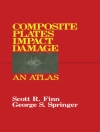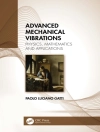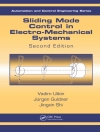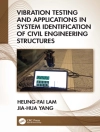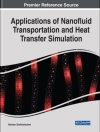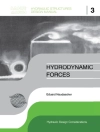This book reports on advanced strategies to design, modeling and testing morphing wings for aeronautical applications. Covering the major outcomes of the multidisciplinary project “Smart Morphing & Sensing” (H2020 N° 723402 SMS), funded by the European Union between 2017 and 2020, it presents a complete set of theories and methods that have been used and developed to integrate novel electroactive actuators and sensors in wings, for the purpose of increasing their aerodynamic efficiency and attenuate vibrations and noise. Topics include: integrated aeroelastic design of morphing wings using high-fidelity computational fluid dynamics and structural mechanics, distributed sensing using a new generation of high-fidelity fiber optics sensors, and controller design by appropriate flight control commands. Further, the book reports on advanced experimental techniques to validate novel actuation and sensing systems on the built prototypes via wind tunnel tests at subsonic (take-offand landing) and transonic (cruise) speeds. All in all, this volume provides readers with extensive and timely information on research and developments of bioinspired aircraft wings.
Daftar Isi
Prototypes and electroactive actuators design.- Subsonic regime s RS wing.- Transonic regime t RS wing.- Sensing.- Control law definition.- Experimental study of the aerodynamic performance increase Subsonic regime.- Transonic regime.- Prototype and actuator design.- Sensing multipoint system through Bragg grating.- Control law definition.- Experimental study – characterization of the LS in take-off conditions.- Advanced CFD.- Structural mechanics involving electroactive properties.- Numerical results on the s RS prototype: take-off conditions.- Numerical results on the t RS prototype: cruise conditions.- Numerical results on the LS prototype: take-off and landing.- Sensitivity analysis through adjoined-based MDO.- Numerical results on the whole aircraft (morphing A320).- Synthesis on the numerical simulations major outcomes.- s RS control for aerodynamic performance increase.- t RS final experimental evaluation in cruise.- LS final experimental evaluation in take-off and landing.- Synthesison the final demonstrators.


